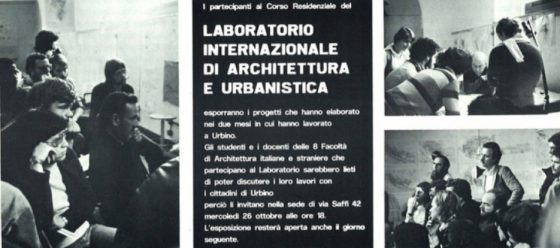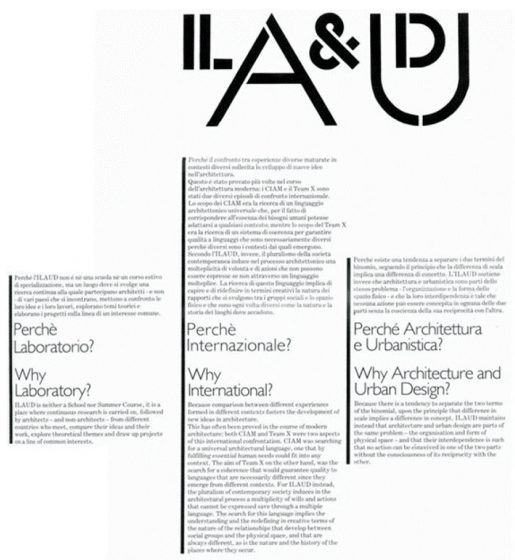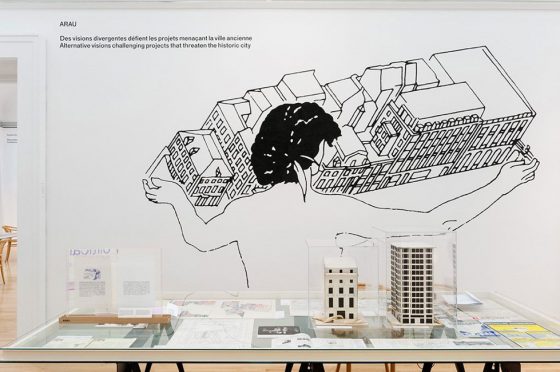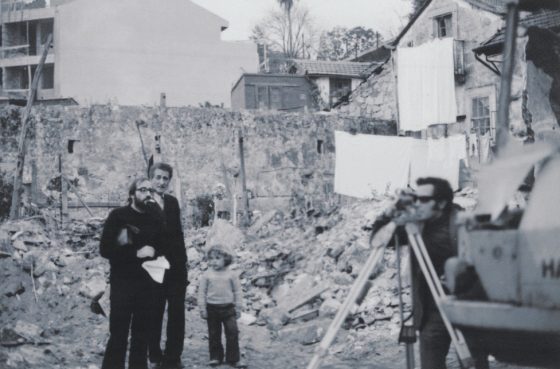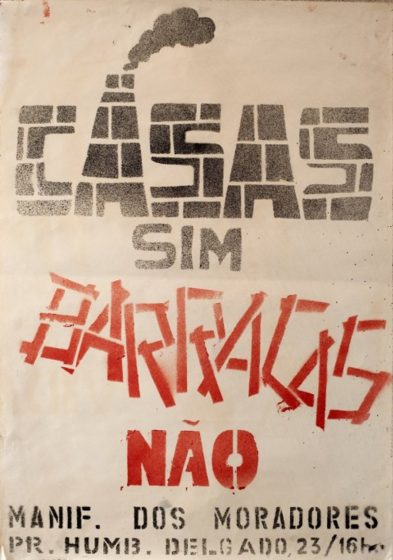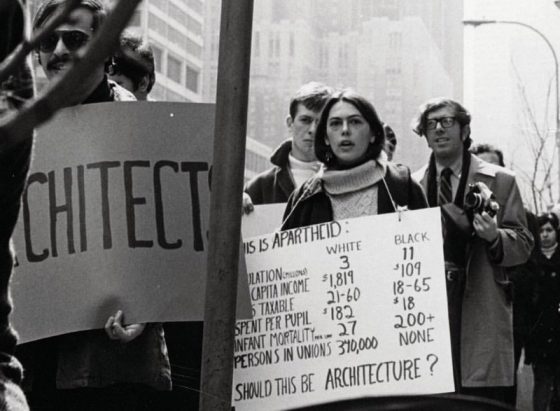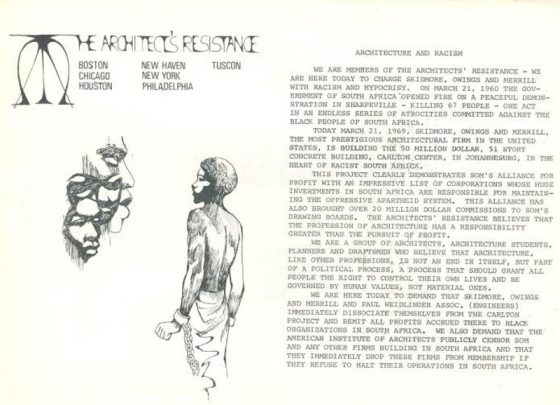
Under the headers of ‘collaboration’, ‘participatory design’ and ‘co-production’ participation is nowadays at the centre of the debate on urban design. Architects and urban designers are developing new concepts, tools and roles to comply with these new participatory modi operandi. However, it seems that it is sometimes forgotten that the issue of participation has a longstanding history. At the Chair of the History and Theory of Urban Design (D-ARCH, gta) we explore this tradition of experiments with participatory processes in the practice of urban design.
Investigating the projects of ILAUD (International Laboratory of Architecture and Urban Design) in Italy, the ARAU (Atelier de recherche et d’action urbaines) in Belgium, and the SAAL (Service for Local Mobile Support) in Portugal, we find that participation in urban design practice can take many forms, from collective processes of design, to collaborative construction and common management. Understanding the critical differences between these different approaches can help us to refine our theories and tools of urban design. The participatory concern in the urban design process has not only a long history in practice but also in urban design education. Various experimental initiatives with participation emerged in the domain of architectural pedagogy in the late sixties, often starting from student initiatives. Good examples, examined in From Harlem to New Haven: The Emergence of the Advocacy Planning Movement in the late 1960s, are The Architects’ Resistance (TAR), a group formed in 1968 by architecture students from Columbia GSAPP, MIT Department of Architecture, and Yale School of Architecture describing itself as «a communications network, a research group, and an action group … concerned about the social responsibility of architects and the framework within which architecture is practiced», as well as the National Organization of Minority Architecture Students (NOMAS). Many of these groups emerged within the context of the struggles for civil rights and thus made a plea to have non-hegemonic or ‘other’ voices heard in the urban design process. These initiatives explored how new concepts, roles and tools for participation could become part of the education of the architect and urban designer.
Learning from the Past
The contemporary interest in methods of ‘collaboration’, ‘participatory design’ and ‘co-production’, can learn from the long history of participation about how urban urban design can forge a critical relationship with civic engagement and social responsibility. Instead of repeating the concepts, roles and tools that were tested some decades ago, we hope that contemporary urban designers engage more intensively with the historical examples and use them as a base for new critical approaches. Most importantly, historical experiments like The Architects’ Resistance (TAR) and National Organization of Minority Architecture Students (NOMAS) remind us that the issue of participation in not only a question of urban design practice, but also – and maybe most urgently – requires experiments and changes in urban design education.
Dr. ir. Marianna Charitonidou is a Postdoctoral Research Fellow at the Chair for the History and Theory of Urban Design Institute for the History and Theory of Architecture (gta) ETH Zürich, where she works on her project entitled The Travelling Architect’s Eye: Photography and the Automobile Vision under the mentorship of Professor Tom Avermaete. In her PhD thesis The Relationship between Interpretation and Elaboration of Architectural Form: Investigating the Mutations of Architecture’s Scope, she examined the mutations of the modes of representation in contemporary architecture in relation to the transformation of the status of the addressee of architecture.She is contributing to the teaching of Fundamentals of the History and Theory of Architecture II (Spring Semester 2020) at the ETH Zürich.
